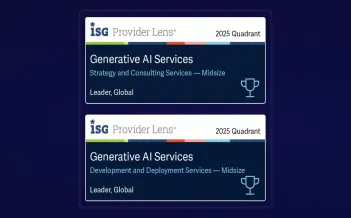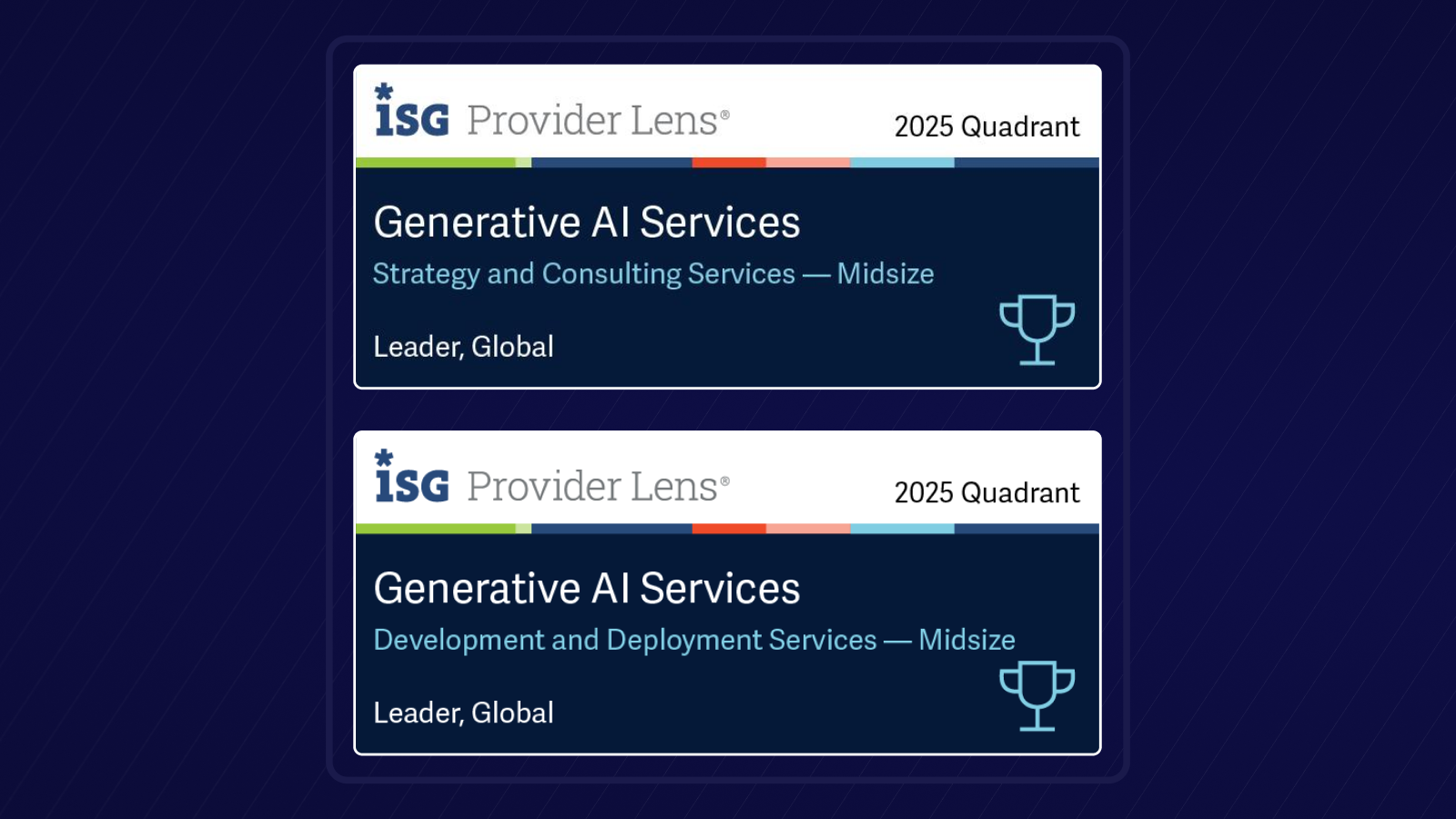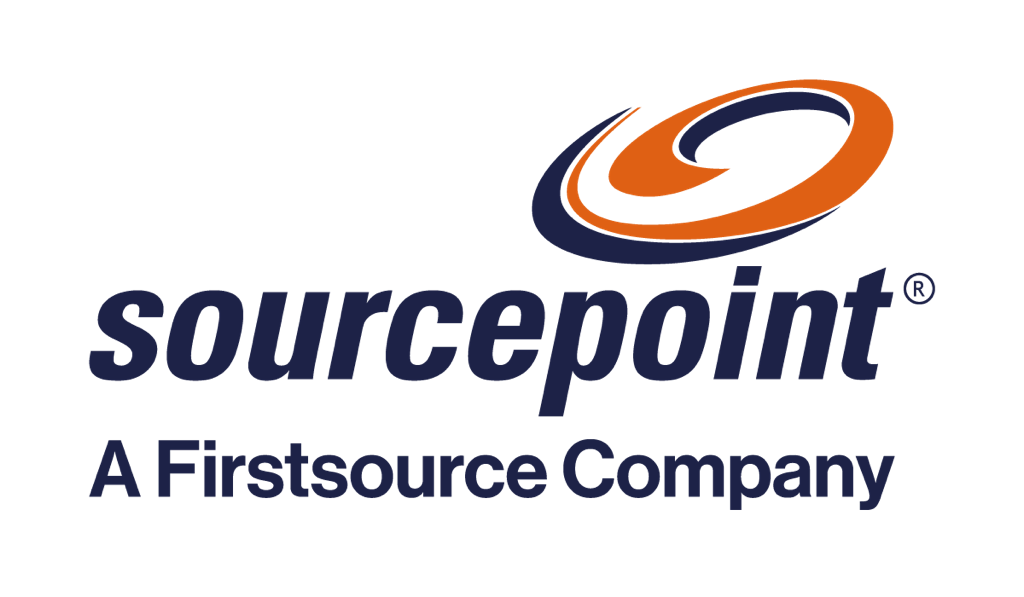CCW UK 2025 marks a turning point. No longer is the conversation about channels, SLAs, or cost containment. The focus has shifted to intelligent orchestration, empowered agents, empathetic automation, and outcome-led transformation.
Across the summit, four deep themes emerged:
- AI must serve people, not replace them. ‘Let humans be more human’ is enabled by AI as conversations increasingly become value-oriented.
- Customer journeys matter more than contact metrics. Empower teams to make decisions that benefit customers.
- Customer data unification is key to driving data-driven insights and relative strategies.
- Transformation is not a tech upgrade. It’s a mindset shift.
In dozens of sessions and stories, leading brands showed how they’re dismantling old models and rebuilding around simplicity, agility, and trust. From LNER’s data-first reinvention to Octopus Energy’s culture-led CX model, to Ageas and HSBC rethinking empowerment and automation - it’s clear that real change is already underway.
These stories validated what we at Firstsource have long believed, conceptualized, and built: UnBPO™. Our mindset replaces linear, effort-based outsourcing with tech-enabled, domain-rich, and AI-integrated service ecosystems. It isn’t a response to the market - it’s where the market is going. UnBPO™ isn’t just a new label – it’s a fundamental shift in how we help businesses thrive in a rapidly changing World.
We’re not catching up to the future. We’re co-authoring it.
Cracks in Legacy, Sparks of the Future
"The future is already here - it's just not evenly distributed."
- William Gibson (American-Canadian science fiction writer).
There are moments in the evolution of an industry when the conversation unmistakably changes. The CCW UK Summit 2025 was one such moment. What once centered on managing service volumes and tracking SLA adherence has now shifted dramatically toward building emotionally intelligent, AI-enabled, human-empowered experiences that can adapt, scale, and resonate with customers in deeply personal ways.
This year’s summit wasn’t just about where contact centers are going - it was about where they must go.
Across a vibrant series of keynotes, panel discussions, and off-stage conversations, three interwoven ideas emerged as the heartbeat of this year’s dialogue:
- AI is not the future. AI is the present. But AI without empathy, data without context, and automation without trust are blunt instruments. The winning formula lies in integration - AI amplifying, not replacing, the human touch.
- Transformation isn’t a project. It’s a mindset shift. From LNER’s rail-first reinvention to HSBC’s intelligent triage and Ageas UK’s no-code self-service overhaul, the most compelling transformations are led by cultural clarity, not just tech.
- Customer experience is now an enterprise strategy. It's no longer the domain of siloed service teams. Instead, CX is being orchestrated across marketing, tech, operations, and even compliance, using shared KPIs, agile squads, and unified data hubs.
- Data unification is the unlock. In almost every transformation story, the ability to connect and contextualize customer data across regions, touchpoints, and systems emerged as the foundation for proactive design, intelligent routing, and personalized service. Whether it was LNER integrating third-party sales or Adidas aligning global-local chatbot flows, data wasn’t a resource; it was the strategy.
What stood out most, however, wasn’t the tech alone; it was the intent. The intent is to dismantle legacy silos, to shift from reactive service to proactive experience design, and to place people - employees and customers alike - at the center.
“Be digital where possible, but human where it matters.” - Sarah Williams, Westminster City Council
This call to balance innovation with empathy echoed loudly across the summit and lands squarely in the worldview we at Firstsource already champion. While we rarely use jargon to frame our beliefs, many of our approaches, like cross-functional orchestration, intelligent automation, agile delivery teams, and outcomes-based thinking, felt not just validated but urgently necessary.
The stage has been set. The old scaffolding of traditional CX models is cracking. What’s emerging is more fluid, intelligent, and customer-shaped: a blueprint not just for service excellence, but for strategic advantage.
Shifting Gears – From Channels to Journeys, from Service to Strategy
What emerged from the CCW UK 2025 sessions was not the noise of novelty, but a quiet consensus that the age of contact centers as tactical service engines is over. In its place: an ecosystem where customer experience is no longer an outcome, the primary design principle shaping everything else.
Three themes surfaced repeatedly, distinct in focus, but unified in ambition.
Intelligence Everywhere—but thoughtfully applied
"AI must work for people, not the other way around. Trust, transparency, and accountability aren't barriers; they're the blueprint for scale."
- Emily Darlington, MP (at the CCW UK Summit 2025)
The talk around AI wasn't breathless this year. It was measured, practical, and refreshingly human. From co-pilots to call summarization to proactive chatbots, the message was clear: intelligence is most valuable when it relieves friction, not just when it dazzles.
The smartest CX leaders are no longer asking "How can we use AI?" but rather: "Where is intelligence most humane, most scalable, and most necessary?"
This shift from adoption to intention marks a turning point. It's no longer about adding tools. It's about embedding thoughtfulness.
Customer Journeys, not Contact Points
Many organizations are moving beyond channel metrics and average handle times. The new lens is journey intelligence—understanding how a customer moves, why they get stuck, and how to predict and preempt their needs.
From onboarding to escalation, across offline and online channels—chat, phone, and digital portals—the focus is no longer on optimizing the channel. It's about orchestrating the flow and resolving the problem, not the ticket.
The new question is not "Did we answer the call?" but "Did we change the journey?"
Empowered Agents, not Managed Headcount
The contact center workforce is being redefined—not in numbers, but in value creation. The shift is clear: from managing performance to enabling potential.
This means fewer rigid metrics and more intelligent assistance. Less command and control, more context and confidence. It also means reskilling is no longer optional; it's the currency of transformation.
Organizations are waking up to a powerful truth: agent experience is the fastest route to customer trust.
And underneath it all: the Death of the SLA Mindset
Across industries, there's a steady move from SLAs to outcomes. From measuring effort to measuring impact. From linear workflows to modular platforms. This isn't theory, it's how modern CX ecosystems are being built.
The most forward-thinking leaders aren't waiting for the perfect transformation blueprint. They're building one adaptive layer, one use case at a time: using real data, real feedback, and real business outcomes as their compass.
These themes are not trends. They are requirements—for relevance, for resilience, and for responsibility in a world where customers remember "how you made them feel" for far longer than what you sold them.
They pave the way for what comes next: real-world stories of execution and success.
Proof Points of Progress – What Good Looks Like
If the previous section asked what's changing in CX, this section answers how change becomes real. These aren't stories of perfection. They're stories of momentum, where clarity of purpose met excellent execution.
A Leading Rail Operator – Orchestrating Journeys, Not Just Operations
This major rail company's transformation didn't start with AI. It started with a clarity of mission: using data to make journeys simpler, more predictive, and deeply personal. Their loyalty program filled a massive blind spot, allowing them to understand customers they don't directly sell to. They used that data to power intelligent disruption communications, reduce catering waste, and test "agentic AI” smart agents that function like a digital concierge.Why it matters: It's a lesson in building tech after understanding the journey. It shows that data maturity is a precondition to personalization—not the other way around.
A Global Bank – When Tech Follows Empathy
This leading bank's "Intelligent Front Door" wasn't a tech experiment; it was a strategic shift. They unified voice and messaging channels with AI-backed triage, agent assist tools, and automated QA. The result: fewer transfers, faster handling, and smoother journeys across their institutional banking customers.
Why it matters: The real innovation wasn't in the chatbot—it was in redefining what it means to be "agent-ready." The tech didn't replace people; it made them more human at scale.
A Leading Energy Company – Scaling Humanity with Systems
Operating in a sector notorious for complexity, this energy provider used technology (their proprietary platform), operating model, and culture, not just to manage operations, but to embed customer memory and emotion into every touchpoint. Small teams of 'Energy Experts' own clearly defined customer groups, use AI summarization for continuity, and operate with total autonomy—no central workforce management, no rigid schedules.
Why it matters: They've weaponized simplicity—using tools to clear the clutter so their teams can show up as humans. It's a case study in cultural architecture, not just CX design.
A Major Insurer – Making Self-Service Human
In an industry driven by regulation, this insurance company made a bold choice: simplify cancellation journeys, let customers fix their own problems, and give contact center staff no-code control over chatbots. The result? Increased containment, higher CSAT, and leaner teams, all without sacrificing empathy.
Why it matters: It proves that designing for trust is more powerful than designing for control. It's also a strong case for giving business users ownership of automation.
A Leading Utility & Travel Platform – Segment, Then Personalize
Both organizations nailed the balance between data-led personalization and operational scalability. The utility's universal agent model enables any agent to resolve nearly any issue, powered by a unified CRM. The travel platform focused on dynamic partner messaging, using behavior-triggered nudges to guide action.
Why it matters: They show that hyper-personalization doesn't have to be one-to-one—it just has to feel intentional, consistent, and respectful of customer effort.
A Major Furniture Retailer – Designing Change with Empathy at the Core
This furniture company showed that transformation doesn't have to begin with technology; it can begin with people. Their approach to human-centric change put empathy at the center: recognizing the emotional toll of change, listening to agents, and mapping real communication flows, even informal ones. They focused on creating safe spaces for experimentation and equipped middle management layers to become change enablers, not just recipients.
Why it matters: This retailer exemplifies that meaningful change is emotional before it's operational. Their model reinforces a powerful truth: culture isn't what you declare; it's what you enable.
A Global Sportswear Brand – Designed for Clarity, Built for Trust
This international sportswear company reimagined its chatbot experience by moving from clunky automation to a globally consistent, locally adaptable model (they call it glocalization) that blends proactive service with human oversight. At the heart of their strategy are three guiding principles: Less is More (resolve fast), Transparent (set expectations clearly), and Empowering (use simple language to let users self-serve with confidence).
These principles shaped not only the chatbot but also agent training, help content, and UX across the journey. From a drop-off return flow that anticipates confusion to bot-agent scripting that reinforces consistency, this brand has unified its digital experience without sacrificing nuance.
Why it matters: This company shows that clarity and consistency outperform complexity, especially when automation is human-aware and locally tuned.
These aren't "best practices" in the traditional sense. They're living systems—constantly iterated, deeply integrated, and intentionally human.
They remind us that customer experience transformation isn't a destination. It's a discipline.
Signals from the Edge—and why they point to us
By the close of CCW UK 2025, the signal was clear: the industry isn't evolving, it's being fundamentally redefined.
What once defined "world-class" CX—low cost, channel efficiency, SLA discipline—is now a baseline, not a differentiator. In its place: outcome orchestration, empathetic AI, and modular delivery. These aren't emerging ideas anymore. They're market expectations.
And yet, for all the urgency and excitement in the room, there was also a quiet confidence in us—not because we talked about the future, but because we've already built a vocabulary, a structure, and a mindset for it.
We call it UnBPO™.
From Service Models to Outcome Ecosystems
The most resonant theme across the summit? That experience must be measured by outcomes, not output. Companies are redesigning journeys to focus on completion, confidence, and continuity, not volume, not AHT.
This shift from effort to impact is the foundation of UnBPO™. Not headcount, but value creation. Not SLA checkboxes, but shared accountability for business goals. Not rigid delivery towers, but modular, orchestrated value streams.
AI is here, but it's only useful when human-aware
Every transformation account we heard from the speakers—from rail to insurance to energy—placed empathetic automation at the center. AI was used not to eliminate work, but to elevate it. Agents weren't replaced. They were empowered—with copilots, real-time insights, adaptive knowledge, and decision support.
That's the UnBPO™ philosophy in action: AI in everything, for everyone—but designed with intent. From dynamic routing to agent copilots and knowledge engines: AI isn't an add-on; it's an enabler built into the flow of work.
The Modularization of Service
A striking thread across sessions: organizations are tearing down silos and rebuilding with service-as-software logic—flexible, API-enabled platforms that treat every process as a reconfigurable unit.
UnBPO™ calls this "service without walls." No front office vs. back office. No IT vs. Ops. Just orchestrated layers of tech, talent, and insight working in sync—at speed and at scale.
From Fixed Roles to Flexible Capabilities
Whether it was gig agents, AI assistants, or pod-based ownership models, the summit made it clear: the workforce is being reshaped around agility, not hierarchy.
UnBPO™ anticipated this shift with principles like:
- Talent-to-value networks
- Hyper-personalized learning
- Smart delegation that fosters a culture of ownership and accountability
It's not just resourcing. It's work reimagined.
Commercial Models are evolving—finally
Many brands are moving from per-head, per-hour to transactional, subscription, and outcome-based pricing—not as pilots, but as core offerings.
We've long believed in this. It's why UnBPO™ encourages:
- Revenue cannibalization for reinvention
- Underwriting outcomes
- Co-owning transformation risk
This is more than pricing. It's a posture of trust.
We are not pivoting into the future—We've been building it
UnBPO™ isn't just a framework. It's a departure from the gravity of the old model. And what the summit confirmed is that the market is beginning to accelerate toward the very direction we've been quietly scaling.
In every conversation, in every challenge surfaced onstage, we saw familiar ideas:
- Modular orchestration
- AI as a teammate
- Outcome obsession
- Talent liberation
Not theories—but tenets we've already put into practice.
The future of CX is not BPO 2.0. It's something altogether different. It's UnBPO™. And it's not on the horizon—it's here.










